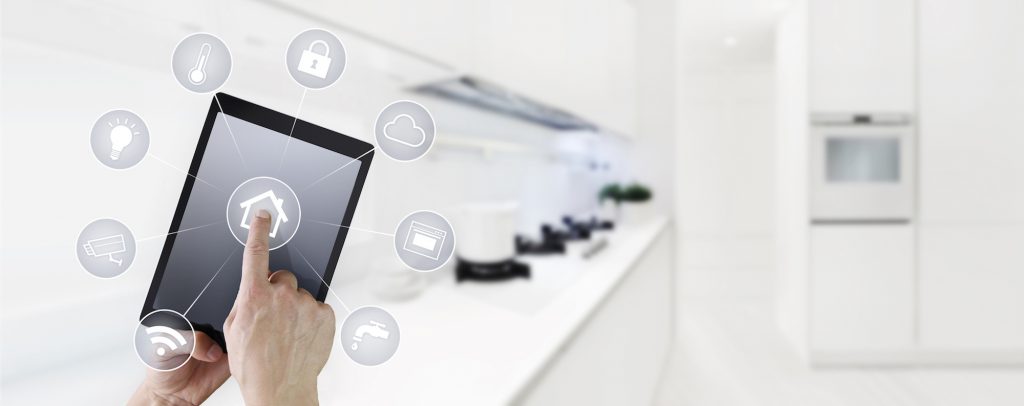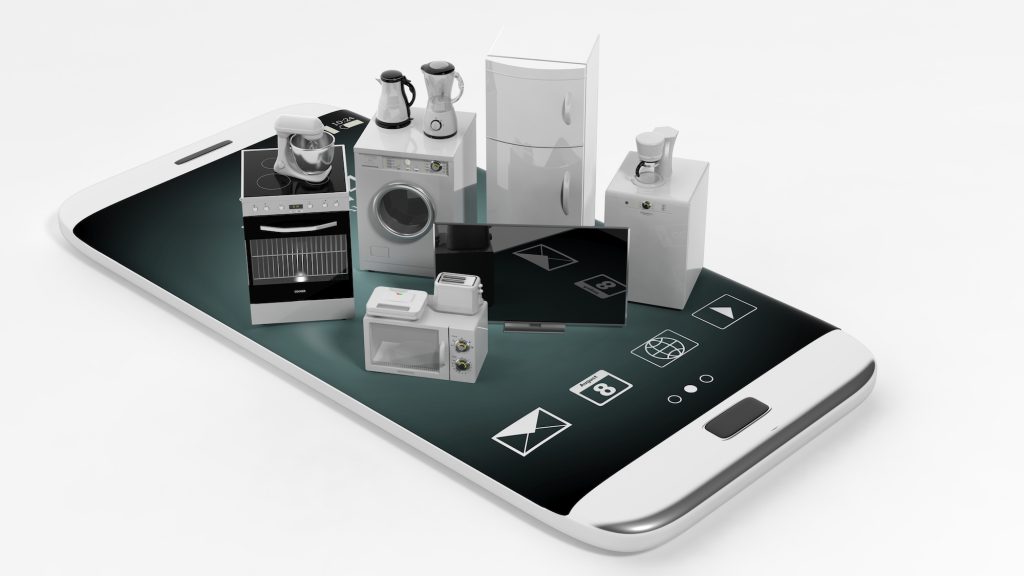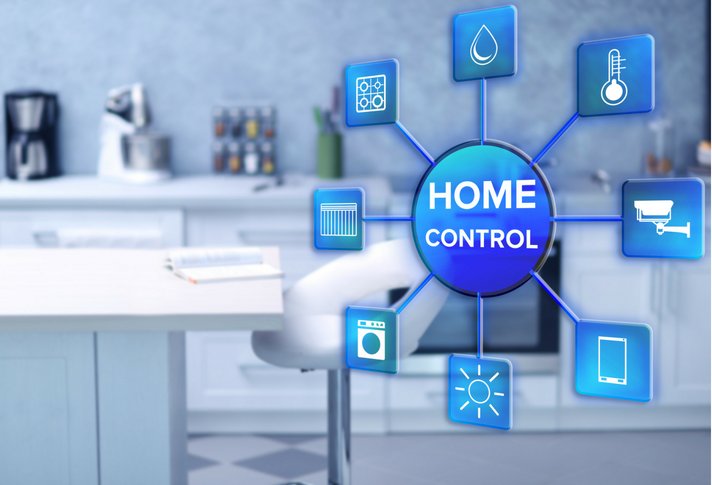By Ashley Daigneault
A few years ago, we were talking about the concept of a “smart” home and integrating connected devices into living rooms, kitchens and bedrooms to make everyday life safer, easier and more convenient. But most of the chatter was happening inside the tech and surrounding industries, and the phrase “smart home” had almost no visibility in actual consumer homes.
But that’s all changed – at the start of 2018, Statista pegged household adoption of smart home at 32 percent – just about one-third of all U.S. households. Thanks to a convergence of forces – including the push around smart speakers as well as a resurgence of home security and the growing connectivity of appliances – the words “smart” and “home” are no longer alien to mainstream consumers.
As more consumers are embracing connected living, innovation within the smart home space is also evolving. Early days in the space were focused on basic connectivity and control – the ability to access your home remotely and use an app to monitor activity when you’re not there. Even early connected appliances gave consumers rudimentary functionality; a smart oven with its companion app might allow a user to turn the device on to preheat before they arrived home from work. Now we see more and deeper integrations between devices and smart appliances, creating more of a holistic ecosystem.

So what should housewares brands pay attention to as the smart home market grows in 2018?
1. No one brand or product is going to “win” the market. Tech giants like Amazon, Apple and Google are throwing their weight around and growing their ecosystems with support for a variety of platforms and devices. Amazon’s Alexa voice platform may have taken an early lead with driving adoption, but Google is playing catch up with a host of integrations announced at the Consumer Electronics Show this year. Apple continues to add to its HomeKit ecosystem, making sure device security is a top priority and sticking to a very consumer-friendly user interface.
2. Traditional smart home products (connected thermostats, smart lighting or smart locks) are making nice with more traditional appliances and kitchen brands. Expect to see more integrations where your oven talks to your smoke detector and shuts off if a fire is detected in your kitchen. The trend is smart appliances are moving toward a world of “invisible” technology where device cooperation along with machine learning is helping consumer homes to act, make decisions and help them with everyday tasks like cooking and laundry without much user input.

3. Smart kitchen as a service is a trend that won’t quit; more and more appliances – from refrigerators and microwaves to countertop ovens and blenders – are participating in the direct-to-fridge grocery delivery movement. Over the last year, smart home providers have gotten involved too – services like Amazon Key work with HD cameras, cloud platforms and connected locks to let package delivery professionals into the home. August Home, a popular smart lock provider, has launched a similar initiative with Deliv.
4. Voice assistants will be in everything — smoke alarms, TVs, speakers, routers and more. And while consumers won’t need (or want) a voice interface inside every product they buy for their home, the introduction to voice control will happen outside the purchase of a standalone smart speaker. With more everyday products on the market with voice built-in, we will likely see even more AI assistants in homes by the end of 2018.
It’s clear that the smart home is here to stay. Smart home and kitchen integrations, big players like Google, Amazon and Apple, smart home as a service model and voice assistants are going to have a huge impact on the future of the space. With over half of Americans predicted to have adopted smart home in just four years, it’s time for all consumer brands to start paying close attention to the influence connected tech is having on the home.
Ashley Daigneault writes for The Spoon and helps produce the Smart Kitchen Summit.



